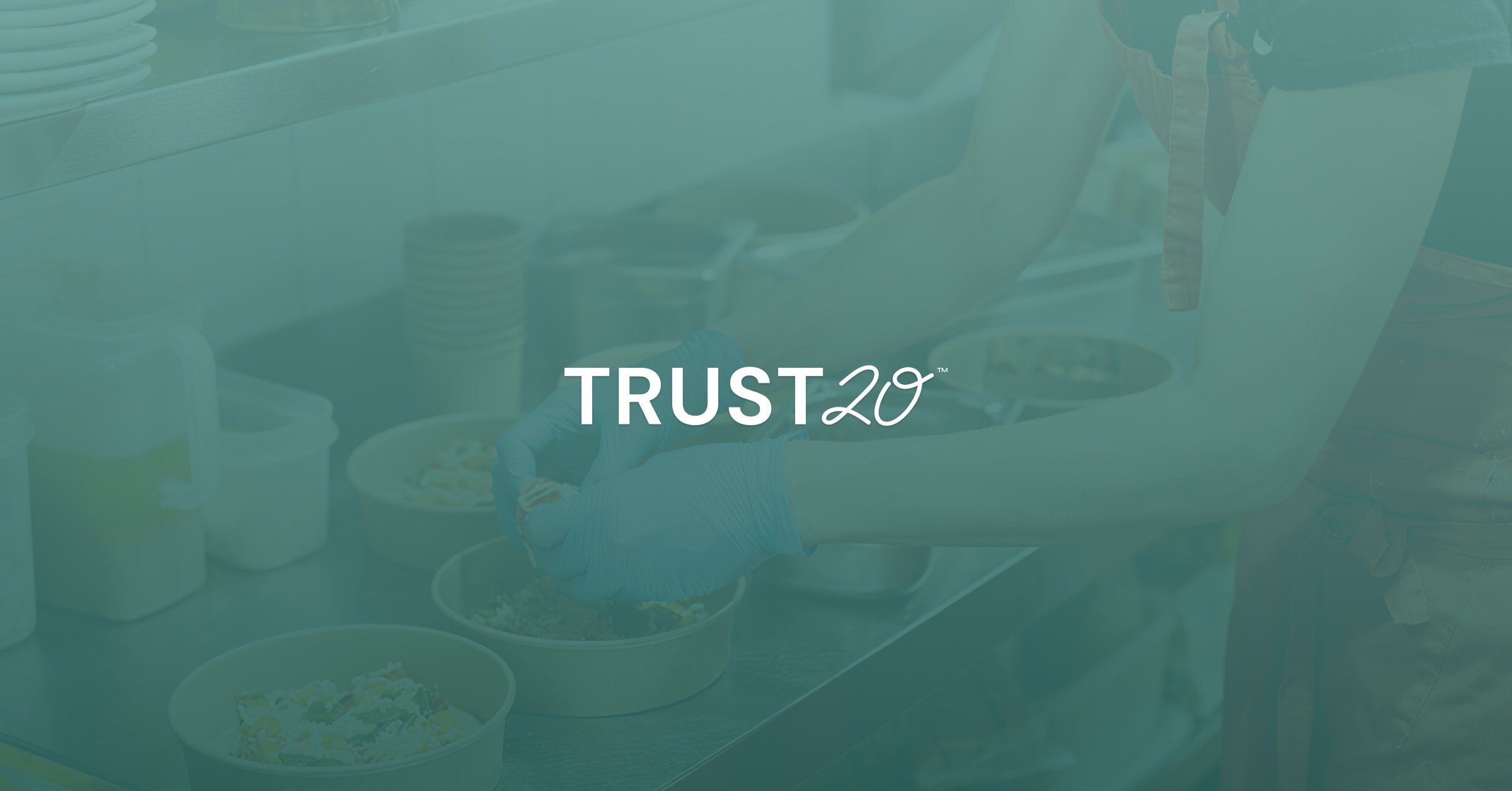Proper handwashing is not only an essential food safety practice, but also a responsibility that helps prevent foodborne illnesses. However, handwashing alone isn’t always enough, especially when not done correctly. A U.S. Department of Agriculture (USDA) study found that 48% of test kitchen participants caused cross-contamination after not washing their hands.1 This study highlights the crucial role of every food handler in maintaining food safety.
Poor handwashing practices can easily spread pathogens through a foodservice establishment. Your hands come into contact with many surfaces, foods, and utensils while you’re working–and germs have the potential to transfer to anything you touch.
If handwashing alone is not enough, what is the best way to prevent contamination while you are working? Proper handwashing, combined with the use of gloves, is your best bet for ensuring food safety. Gloves are important because they prevent you from making direct contact with food during the preparation process.
Pairing gloves with proper handwashing is a practical two-pronged approach to help prevent foodborne illnesses in your establishment. However, the next important question you should ask is: When do I need to change my gloves? Keep reading to find out!
In this blog, we will go over:
When do I need to change my gloves?
Do I need to wash my hands when changing gloves?
Why do I need to wear gloves when handling food?
When do I need to change my gloves?
You now understand that combining hand hygiene and glove use is a critical food safety practice. However, gloves have the potential to be misused. If you use gloves incorrectly, the risk of cross-contamination and spreading harmful pathogens actually increases.
Think about how often you use your hands during the food preparation process. You touch food, utensils, and other food contact surfaces, quickly making your gloves a prime mode of transportation for pathogens. If you don’t change your gloves regularly, you risk contaminating food and food-contact surfaces, leading to foodborne illnesses and potential health risks for your customers.
Let’s review some key moments when you should change your gloves to reduce the risk of cross-contamination.
When to Change Your Gloves |
|
|---|---|
|
When you are interrupted while doing a task or when you’re switching tasks |
You should change gloves if interrupted or when switching to a new task, like when switching from food preparation to answering the phone, or moving from handling cooked food to raw meat. Other instances include after handling raw meat, after touching your face or hair, or after handling money. |
|
When your gloves become damaged |
You should change gloves if they become torn, ripped, or otherwise damaged. |
|
When you have been performing the same task for four hours |
Germs and bacteria can multiply to dangerous levels over four hours. Change your gloves if performing the same task for over four hours. |
|
When you know your gloves have become contaminated |
Contamination can occur if you cough or sneeze on your gloves. It can also happen if you touch a trash can, phone, or surface outside your work station. Change your gloves if you know they are contaminated. |
|
When you think your gloves may be contaminated |
You might not immediately know your gloves are contaminated. For example, you might brush against a surface by accident. So, it’s always best to change gloves if you even think you may have contaminated them. |
Do I need to wash my hands when changing gloves?
You know you should wash your hands before putting on your first pair of gloves for the day, and you must wash your hands after coughing, sneezing, or eating. But did you know you must wash your hands between changing to a new pair of gloves (This goes for single and multi-use gloves.)?
It is a common misconception that you don’t need to wash your hands before putting on a new pair of gloves since your original gloves were already serving as a barrier. However, germs can cling to your hands even when you wear gloves, making handwashing an essential step of the process.3
Why do I need to wear gloves when handling food?
Did you know the Food and Drug Administration (FDA) defines gloves as utensils in a foodservice setting? Gloves are just one of many utensils that help food handlers maintain food safety. Wearing gloves is a simple, effective way to reduce cross-contamination and protect your hands from direct contact with foods that might cause allergic or skin reactions.
Many establishments have specific guidelines on glove use, typically guided by state regulations and the FDA Food Code. The 2022 FDA Food Code, the most recent edition, notes that food handlers “may not contact exposed, ready-to-eat food with their bare hands” and must use utensils, like gloves, to do so.2
Always confirm your manager's expectations for glove use in your workplace. You can also check which version of the FDA Food Code your state models its regulations after to ensure you feel prepared for any visits from the health department.
Change your gloves frequently
The bottom line is that regularly changing your gloves is a simple way to maintain a safe and healthy food preparation and service environment. Washing your hands and changing your gloves according to the best practices outlined in this blog and your employer’s expectations will help prevent cross-contamination and foodborne illnesses. If you need a refresher about personal hygiene or want to learn more about the role of gloves in foodservice, consider taking a food handler certificate training to boost your confidence and skills regarding food safety best practices.
Remember, handwashing and glove use are only effective when you treat them like a consistent habit in your daily work routines. Next time you are on the clock, try counting how many times you wash your hands or change your gloves to ensure you keep it top of mind!
Sources:
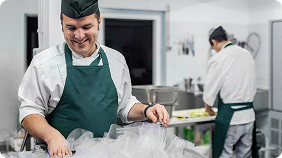

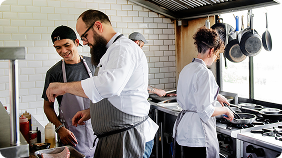


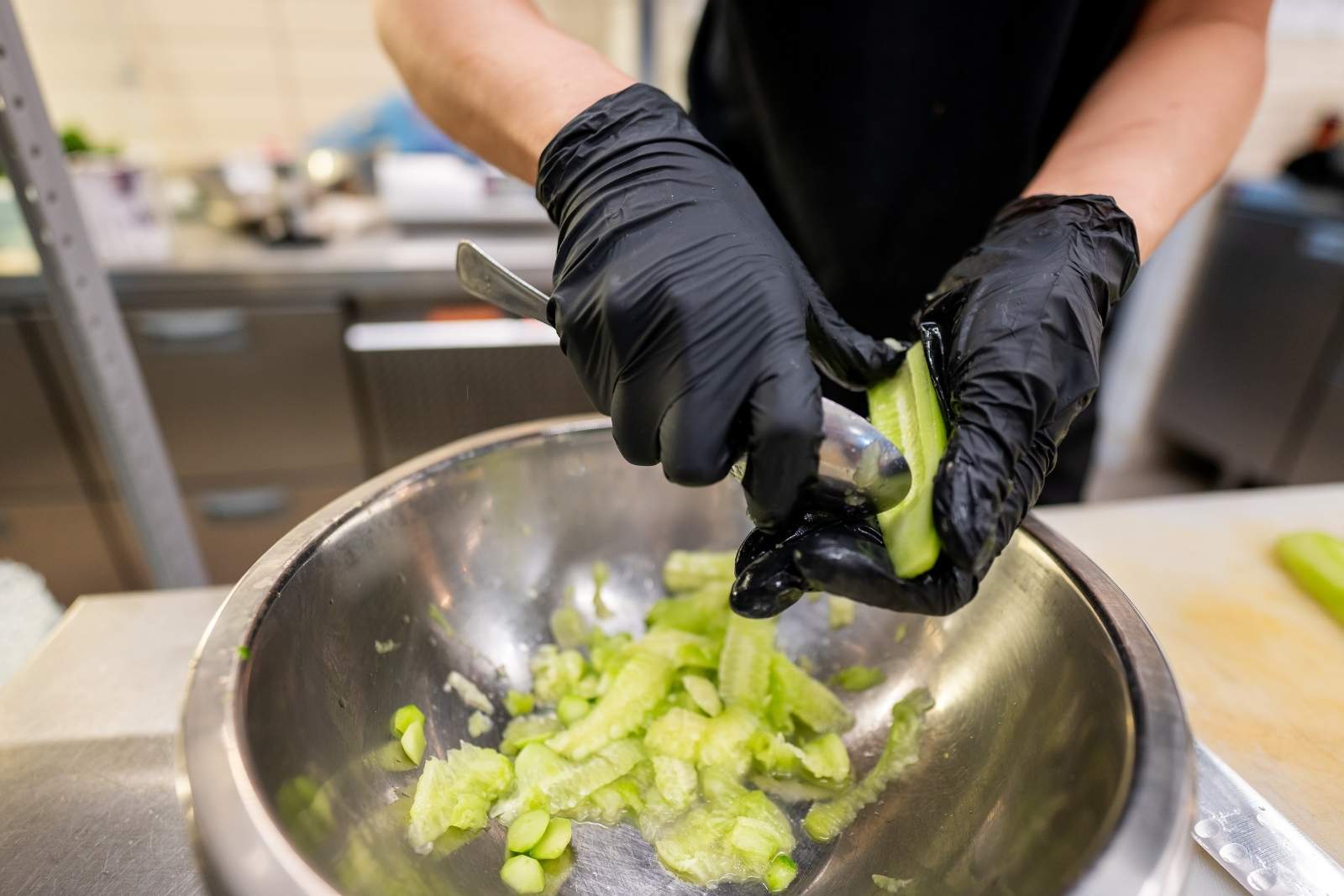
.png)
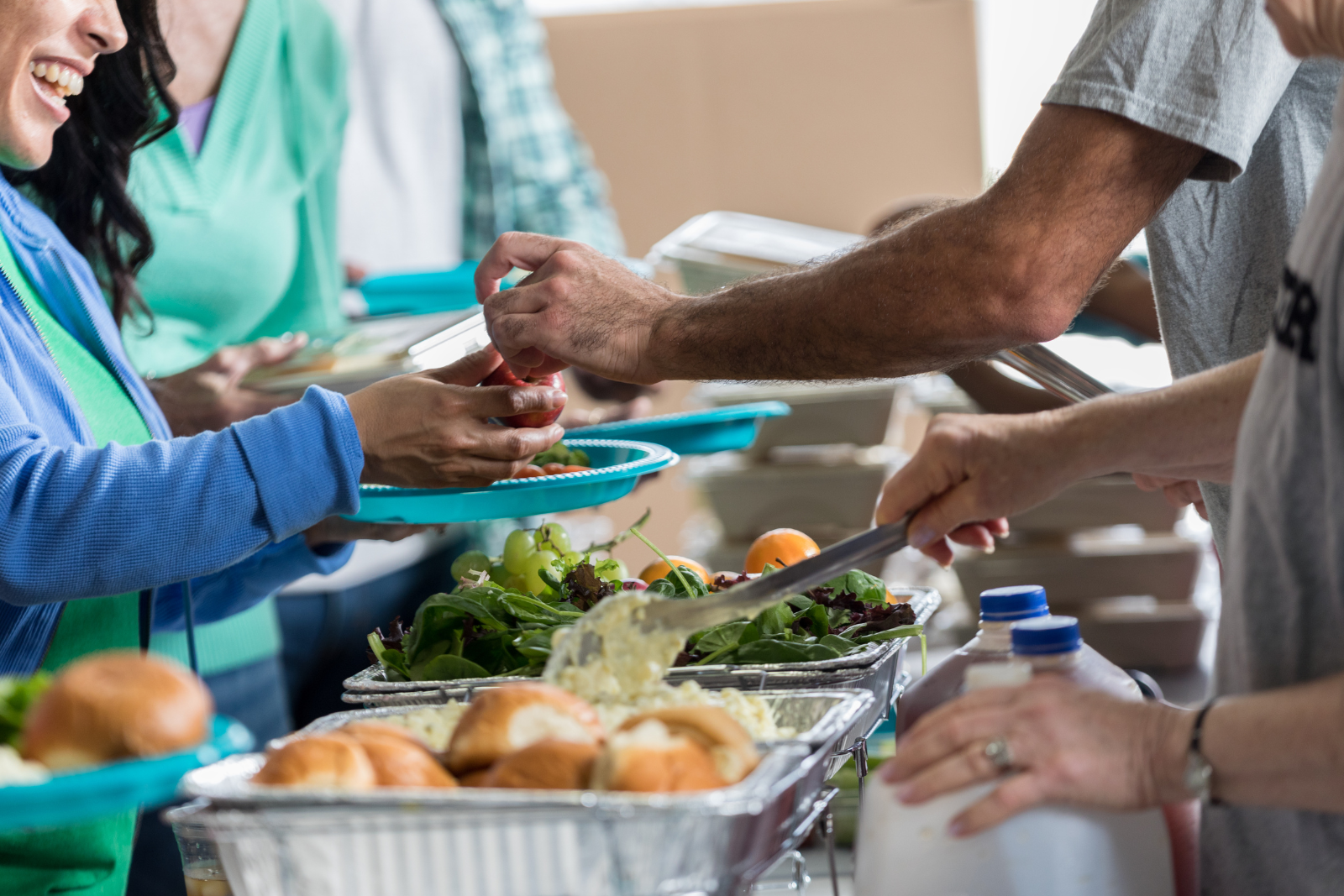
.png)
